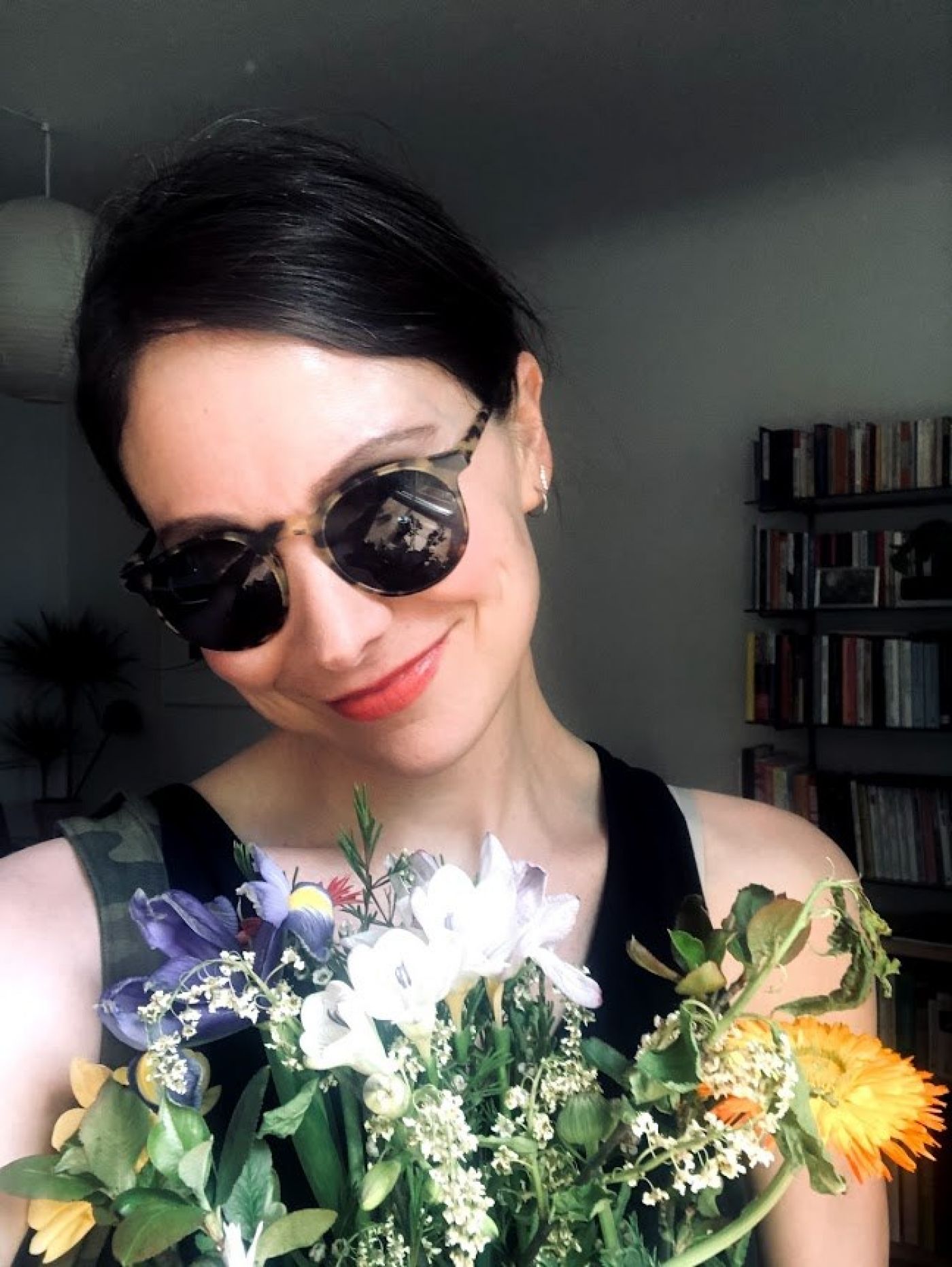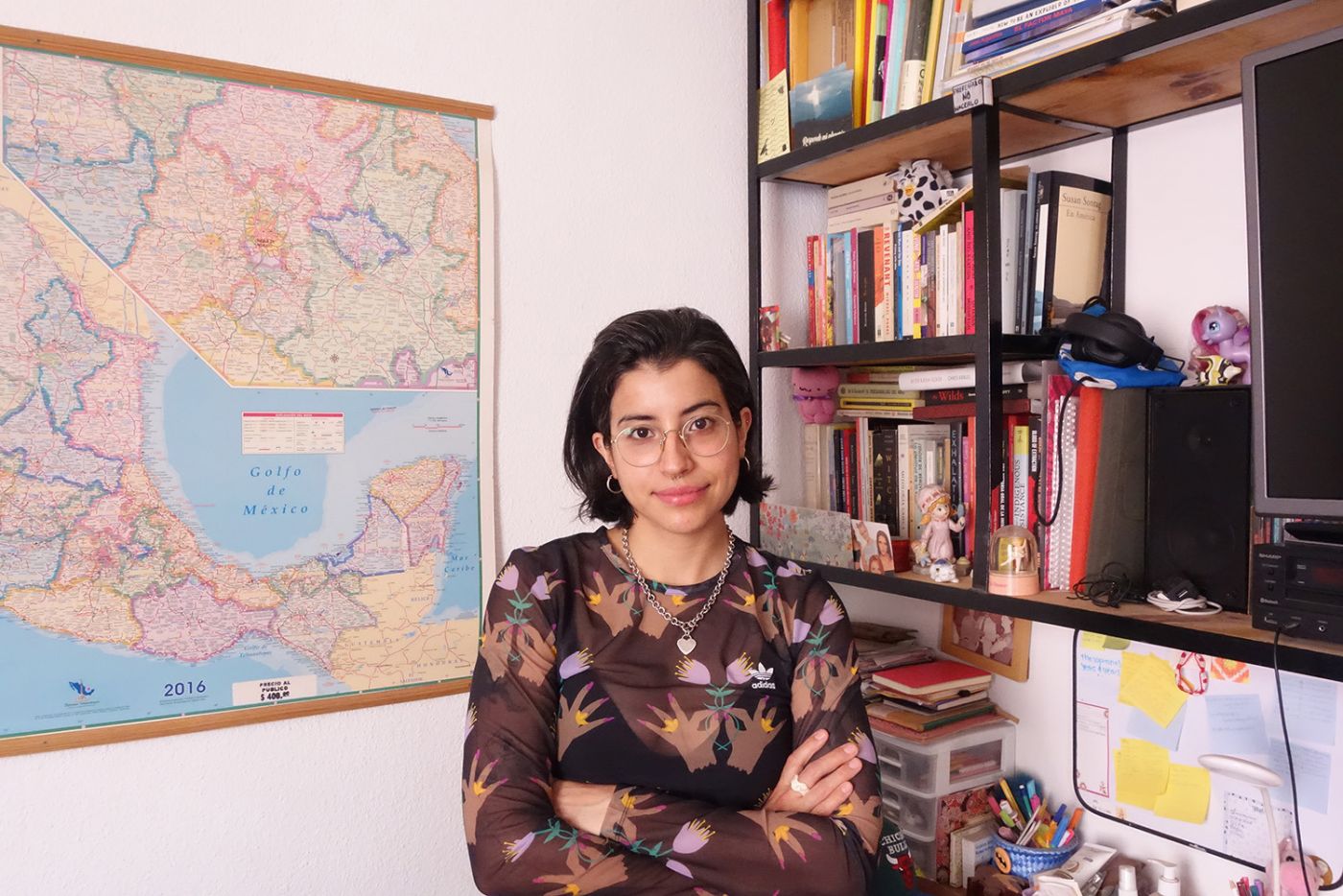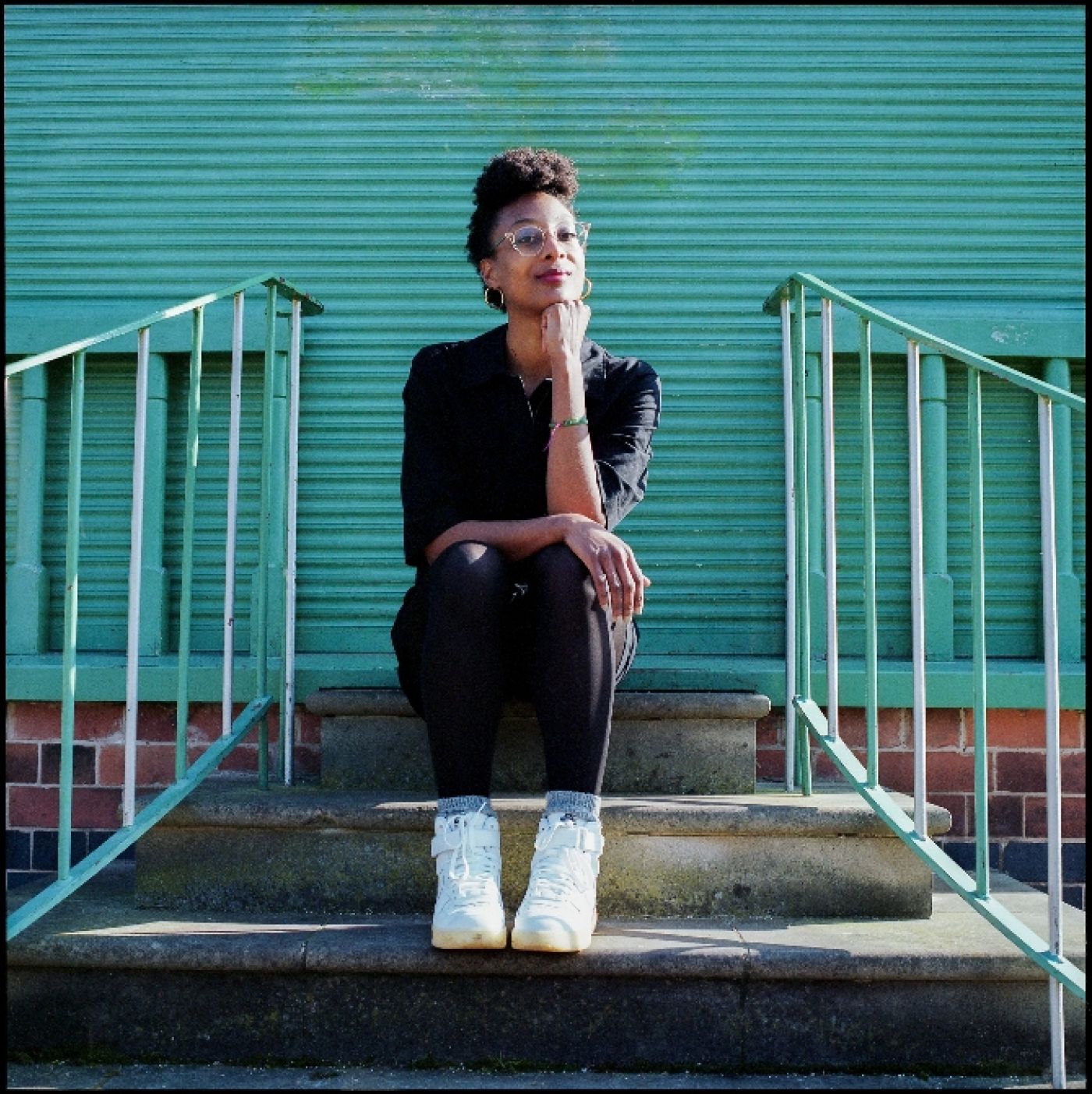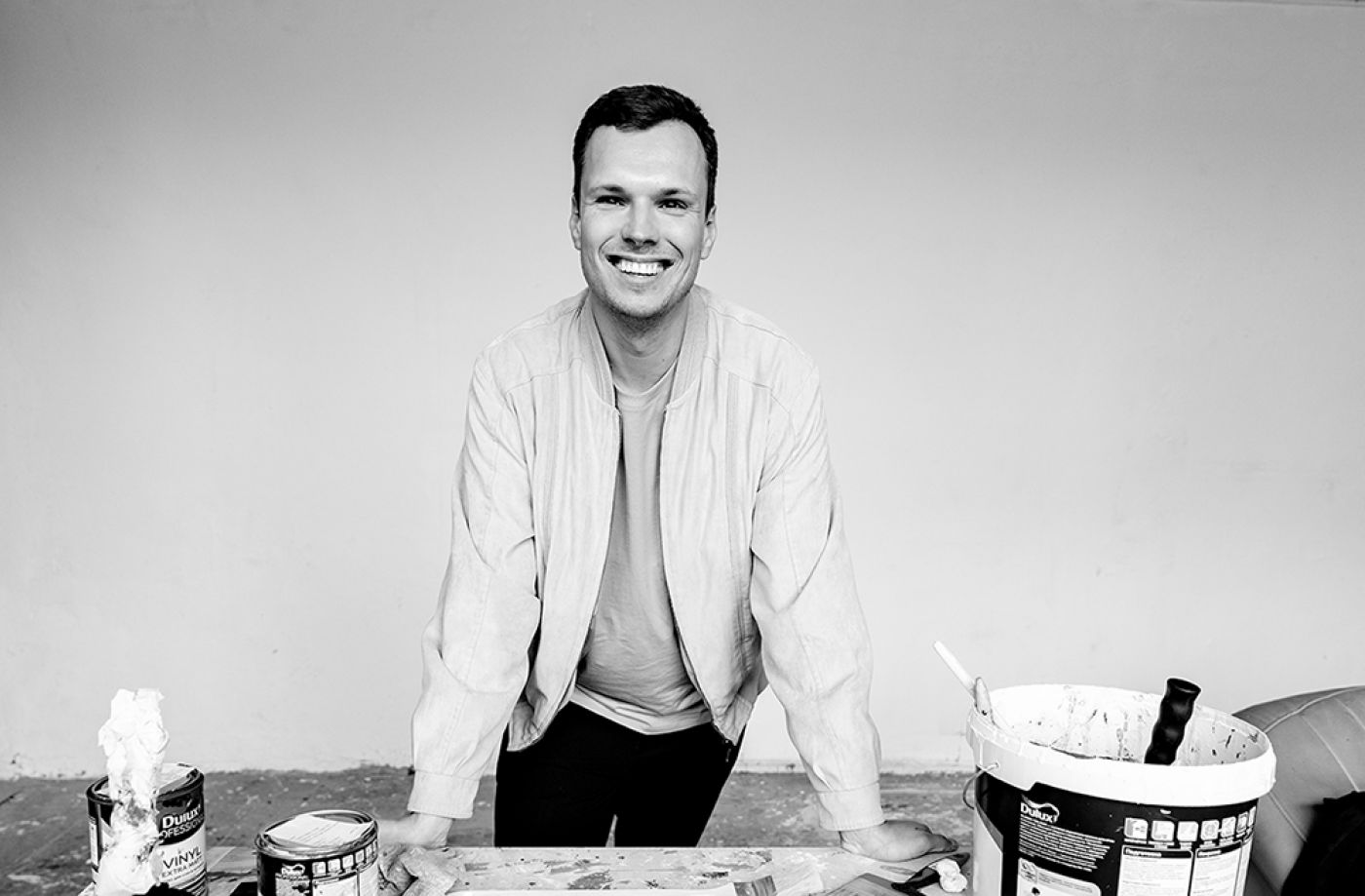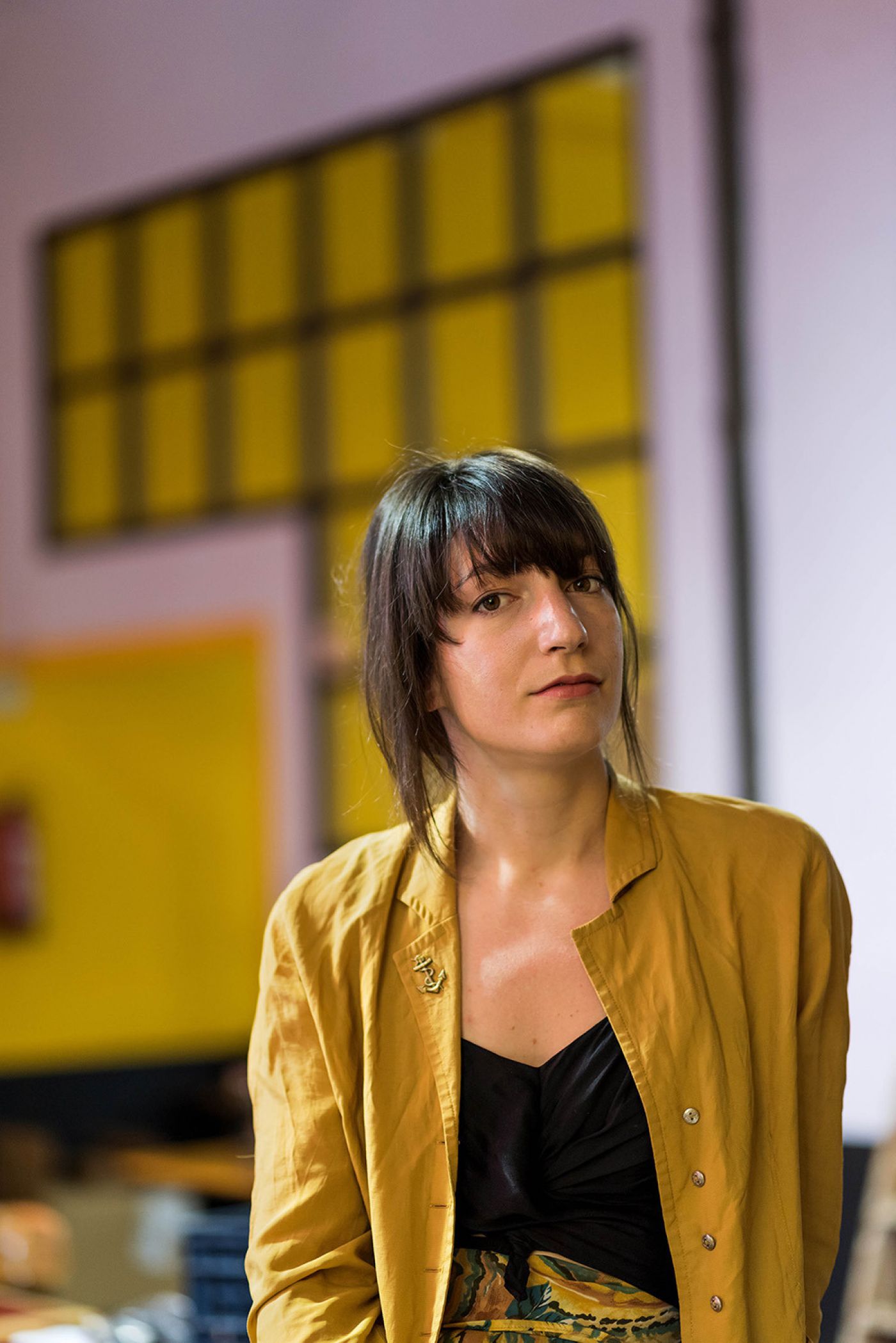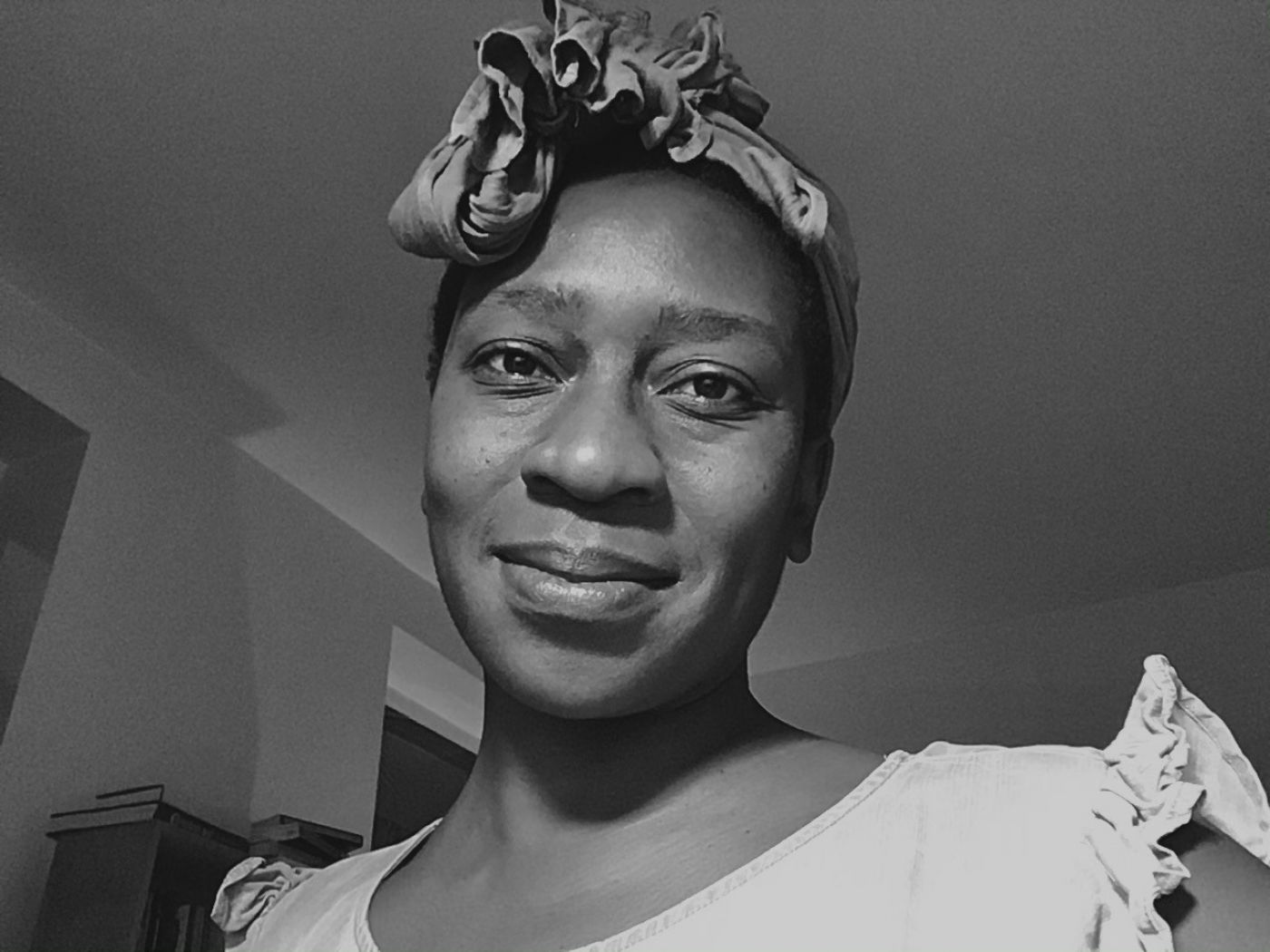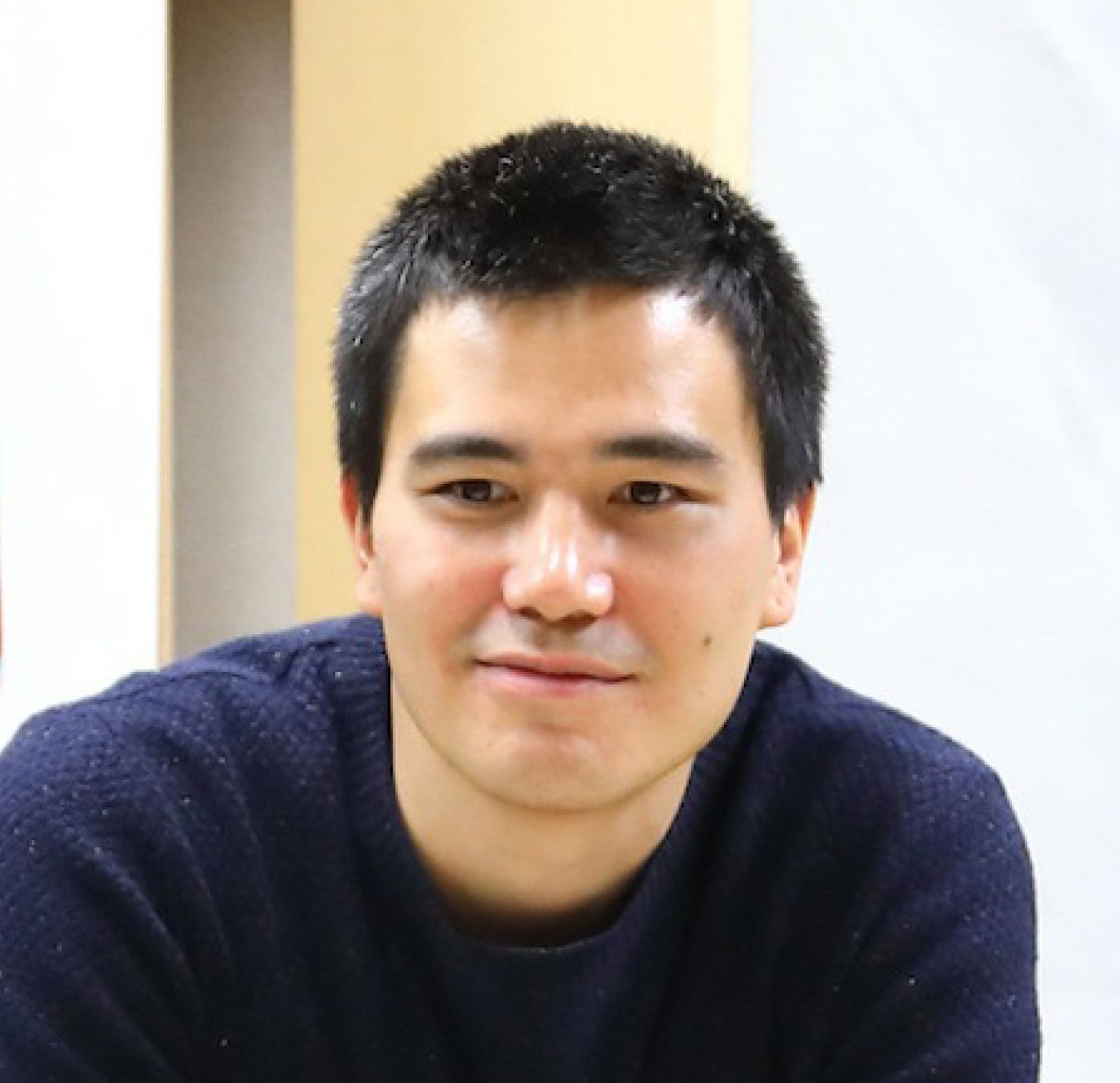Yang Zi on Ornamentation
“Ornamentation” is the term I think best reflects the present moment in art.
Ornamentation appears on tiles, textiles and architecture. Ornaments are highly stylised. Ornamental motifs can survive for thousands of years. They range from recognisable plants and animals to abstract patterns that remain unchanged over millennia. They often contain symbolic meaning, whether of good fortune, wealth or divinity. Ornamentation surrounds us, ingratiates itself with us and soothes our anxious nerves.
Ornaments also migrate. They travel across borders and seas, breaking down cultural barriers. Paisley, for example, originated in Kashmir yet it is named after a town in Scotland; later, the Chinese called it the “ham hock pattern”, the Japanese the “curved jade pattern”. From very early on, societies around the world have communicated with one another. In a globalised, digital era, this worldwide communication has only accelerated. It is irreversible, and it is preserved in our shared visual languages. Ornaments are proof that we exist in a nonlinear, complex system, subtly influencing and connecting with each other. Even if we don’t understand one another fully, we can still encounter each other through ornamentation: It offers a sense of unbroken intimacy.
Like ornamentation, art should be beautiful, art should be shared by everyone in the world, art should circulate among and integrate elements of different cultures and regions. Nowadays, though, art is repetitive and art is consumed. The contemporary artworld reflects the structure of written language: Its words, sentences and paragraphs serve as tools with which artistic communities in different parts of the world can acknowledge each other, and such linguistic tools are a productive force. Upon mastering the grammar and rules, masterpieces can be written like unstoppable machines to meet the art market’s demand. Making art today is a financial production, and its language is becoming drab as a result. Art now surrounds us everywhere: It has become something to be overlooked, just like ornamentation.
As “decoration”, ornamentation does not make radical interventions in the world, and contemporary art has become similarly gentle. Sometimes this is necessary in order to bypass restrictions or censorship: Chinese intellectuals, for example, have practised hiding their aspirations behind ornamental motifs for thousands of years – and so have the people. And that’s how ornaments go on to survive for centuries: Beneath drab, stylised surfaces lurk symbolic meanings, not just of good fortune, wealth or divinity, but hope as well.

Yang Zi is an independent curator based in Beijing. In 2020, he was awarded the first Sigg Fellowship for Chinese Art Research, in 2019 he was a judge of Huayu Youth Award and in 2017 he was a finalist for the Hyundai Blue Prize. He was previously the Curator and Head of Public Programs at the UCCA Center for Contemporary Art and he was also the first Executive Director of the Beijing LGBT Center. Yang Zi has written for various publications, including LEAP, Artforum China and the Art Newspaper China. He is the co-founder of the Beijing Queer Chorus.


